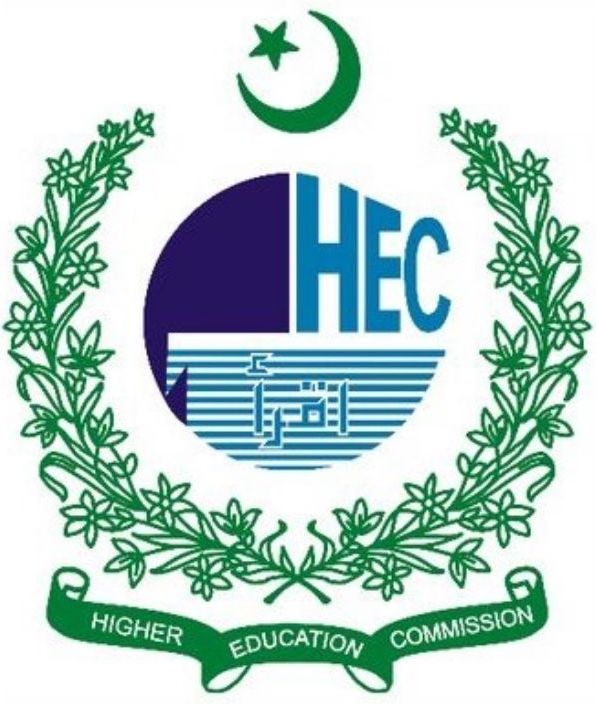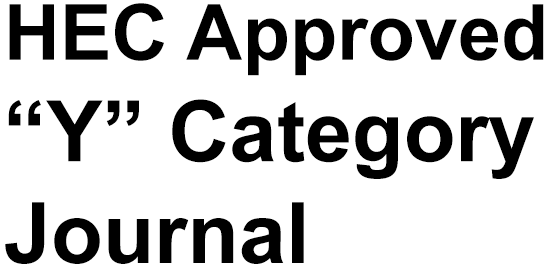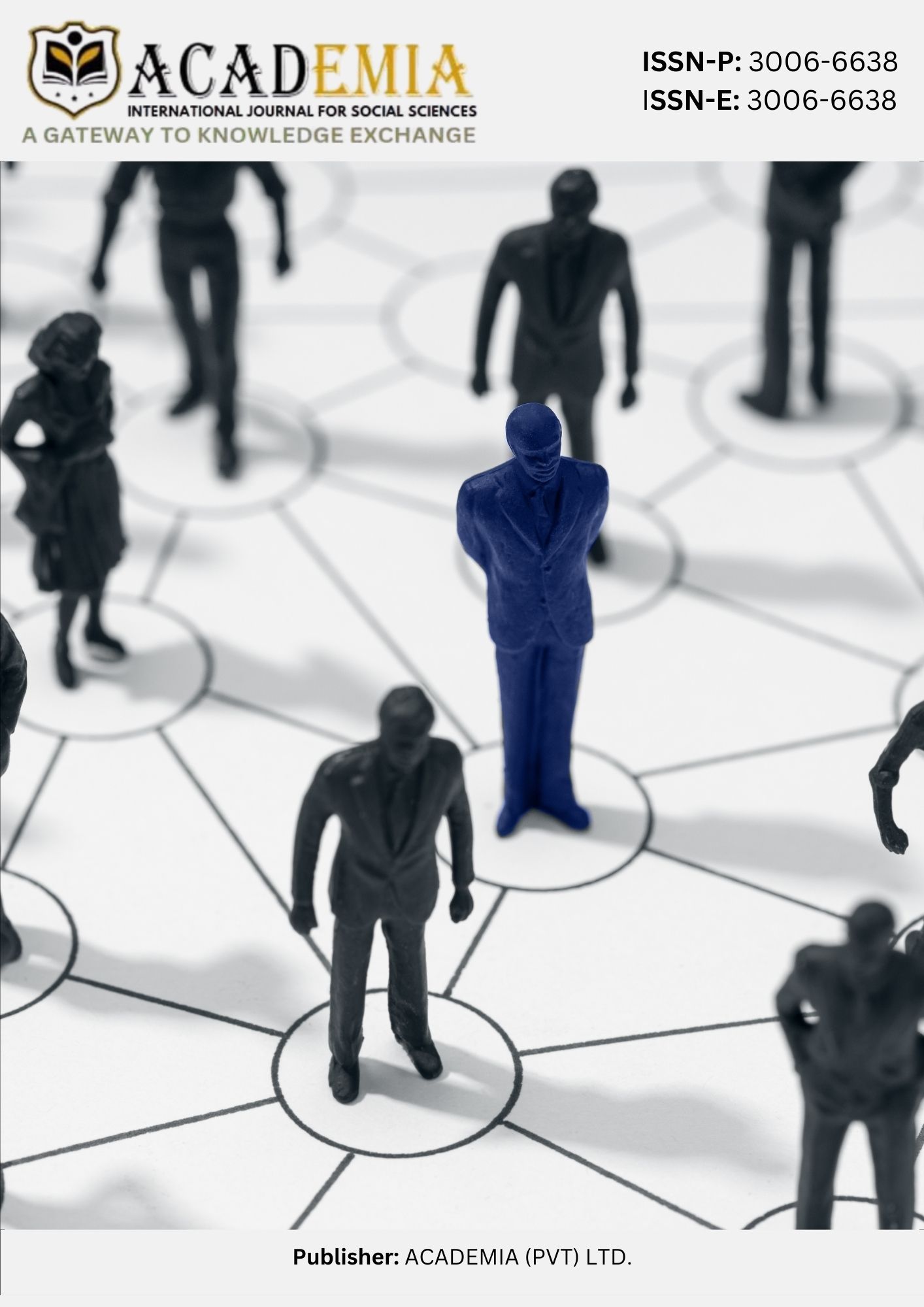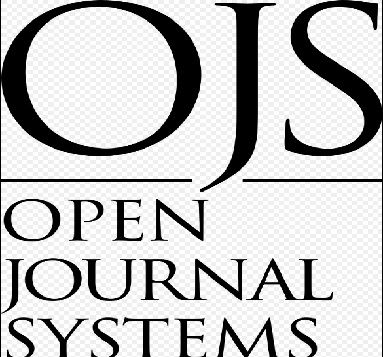Fluid Geographies: Transnational Identity and the Politics of Displacement in Mohsin Hamid’s Exit West
DOI:
https://doi.org/10.63056/ACAD.004.04.1024Keywords:
Mohsin Hamid, Exit West, transnational identity, displacement, fluid geographies, migration, borderscapesAbstract
This study explores the representation of fluid geographies, transnational identity, and the politics of displacement in Mohsin Hamid’s Exit West (2017). In an age marked by mass migration, war, and border crises, the novel reimagines movement not merely as physical relocation but as a metaphor for human transformation and belonging. Through its use of magical doors that collapse time and geography, Exit West constructs a world where home and exile, belonging and alienation, continually intersect. The analysis employs a qualitative, interpretive framework grounded in theories of transnational identity (Levitt & Glick Schiller, 2004), mobility and space (Massey, 2005; Sheller & Urry, 2006), and borderscapes (Rajaram & Grundy Warr, 2007). Findings reveal that Hamid portrays migration as both a political act and an emotional journey that challenges national boundaries and fixed identities. The characters Saeed and Nadia embody hybrid subjectivities shaped by movement, memory, and negotiation across shifting landscapes of belonging. Ultimately, the study concludes that Exit West transforms migration from a narrative of loss into one of becoming, proposing fluid geographies as a model for understanding identity in an interconnected, post-national world.
Downloads
Published
Issue
Section
License
Copyright (c) 2025 Asif Khan, Muhammad Israr, Muhammad Ilyas (Author)

This work is licensed under a Creative Commons Attribution 4.0 International License.












